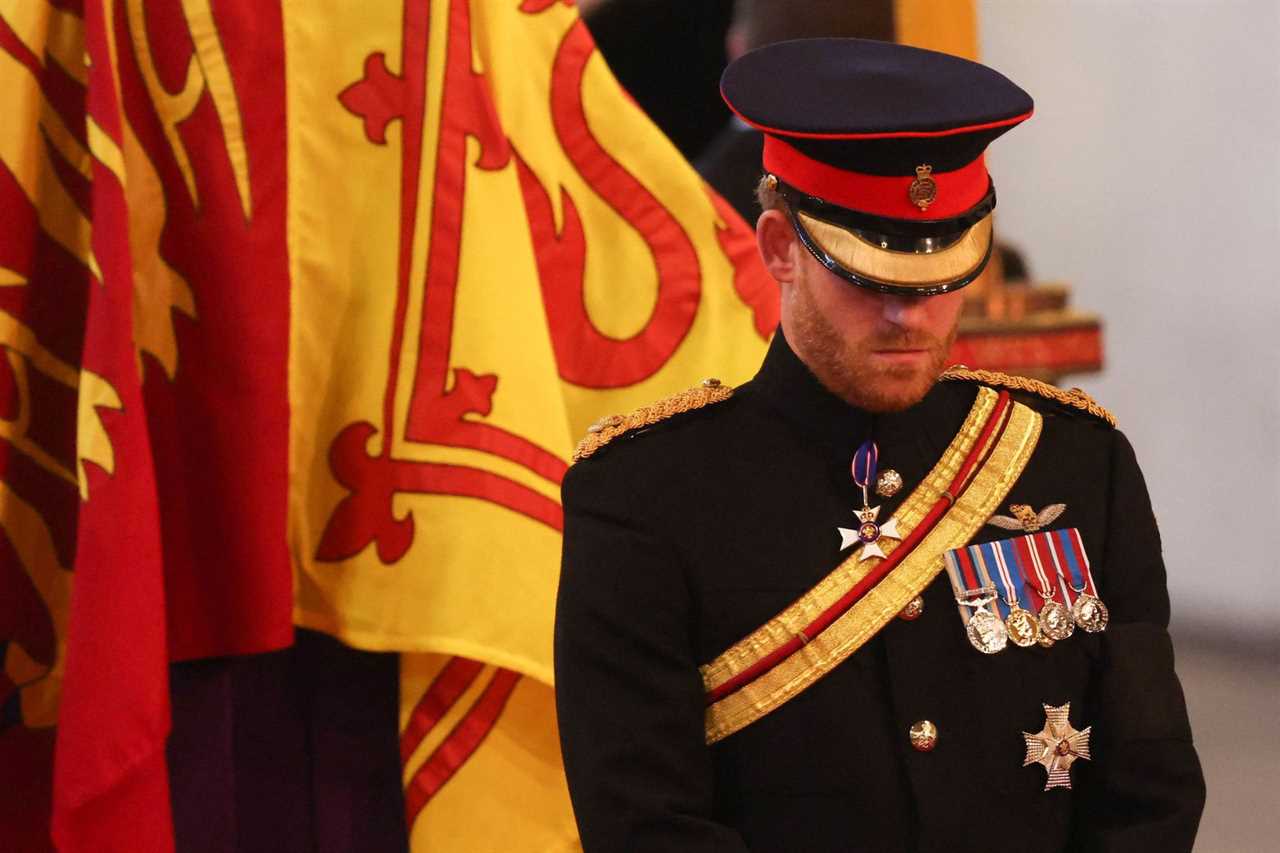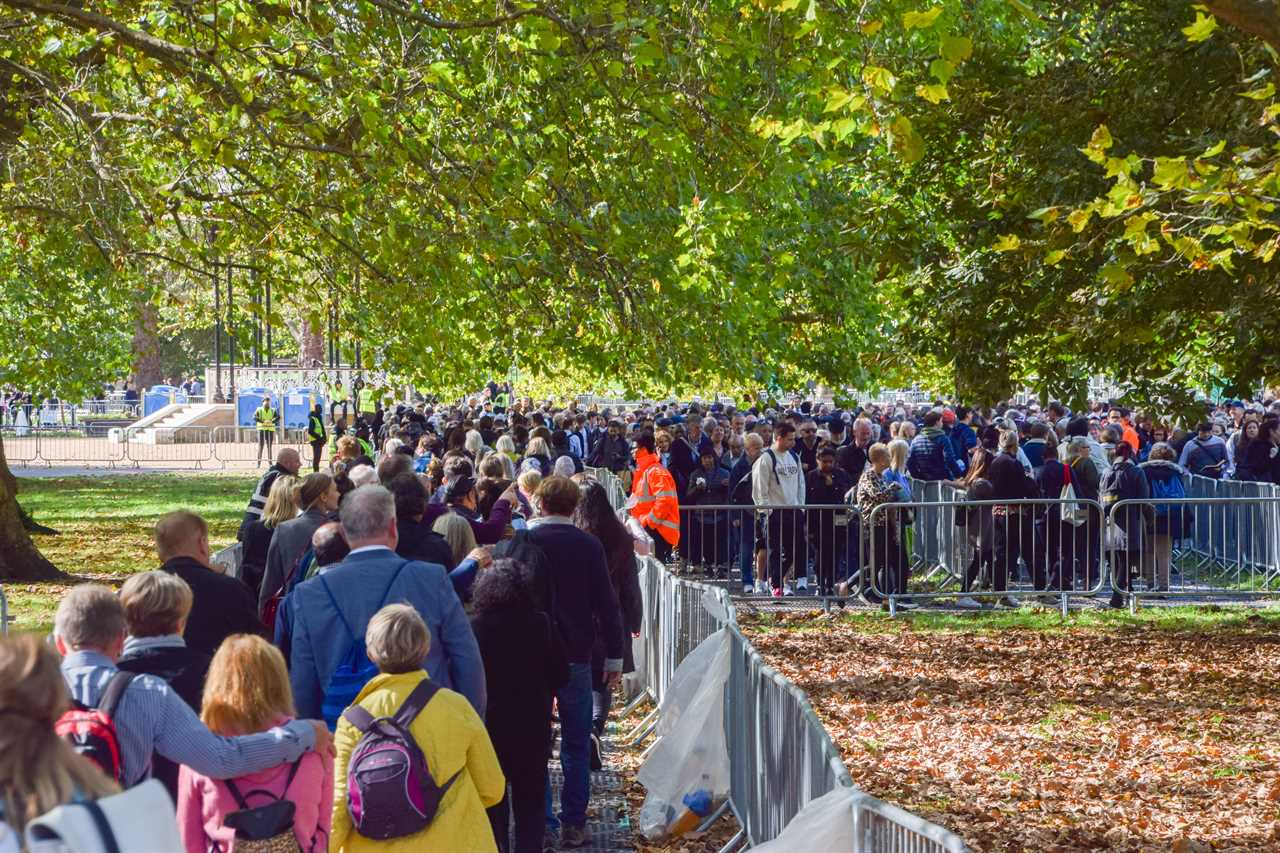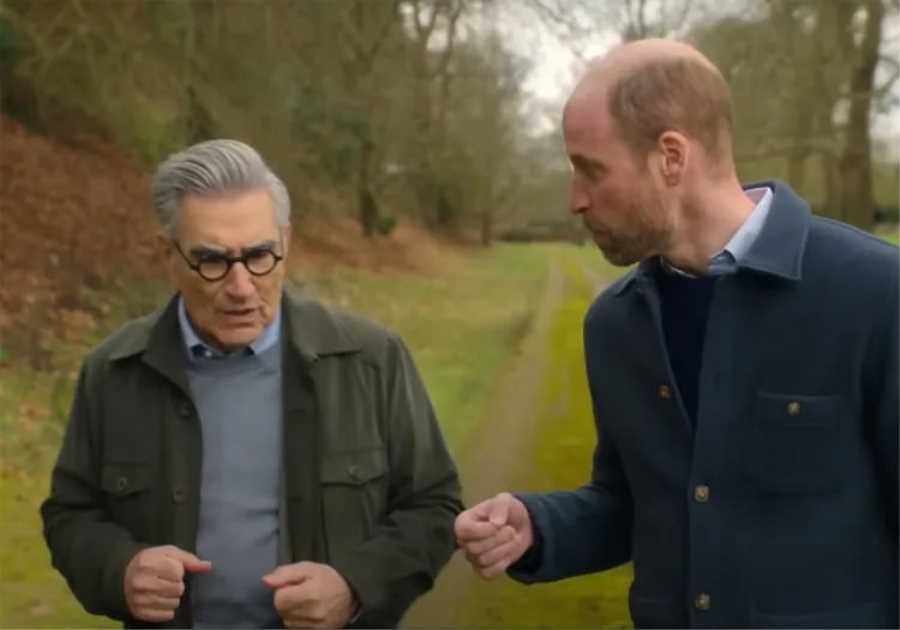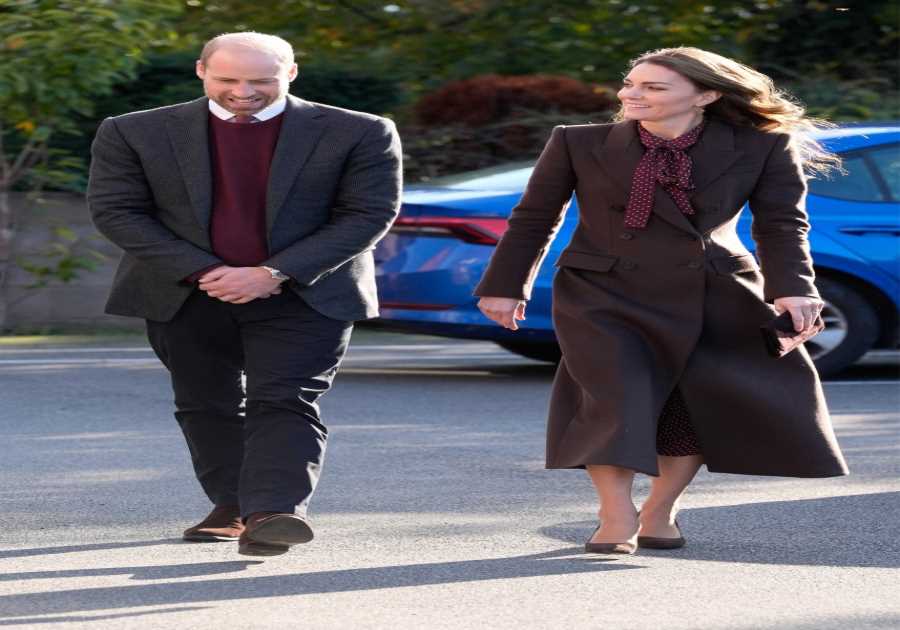GAZING from a window at Buckingham Palace, the young Princess would daydream about the world beyond.
Elizabeth later told painter Pietro Annigoni: “I loved watching the people and the cars there in The Mall. They all seemed so busy.
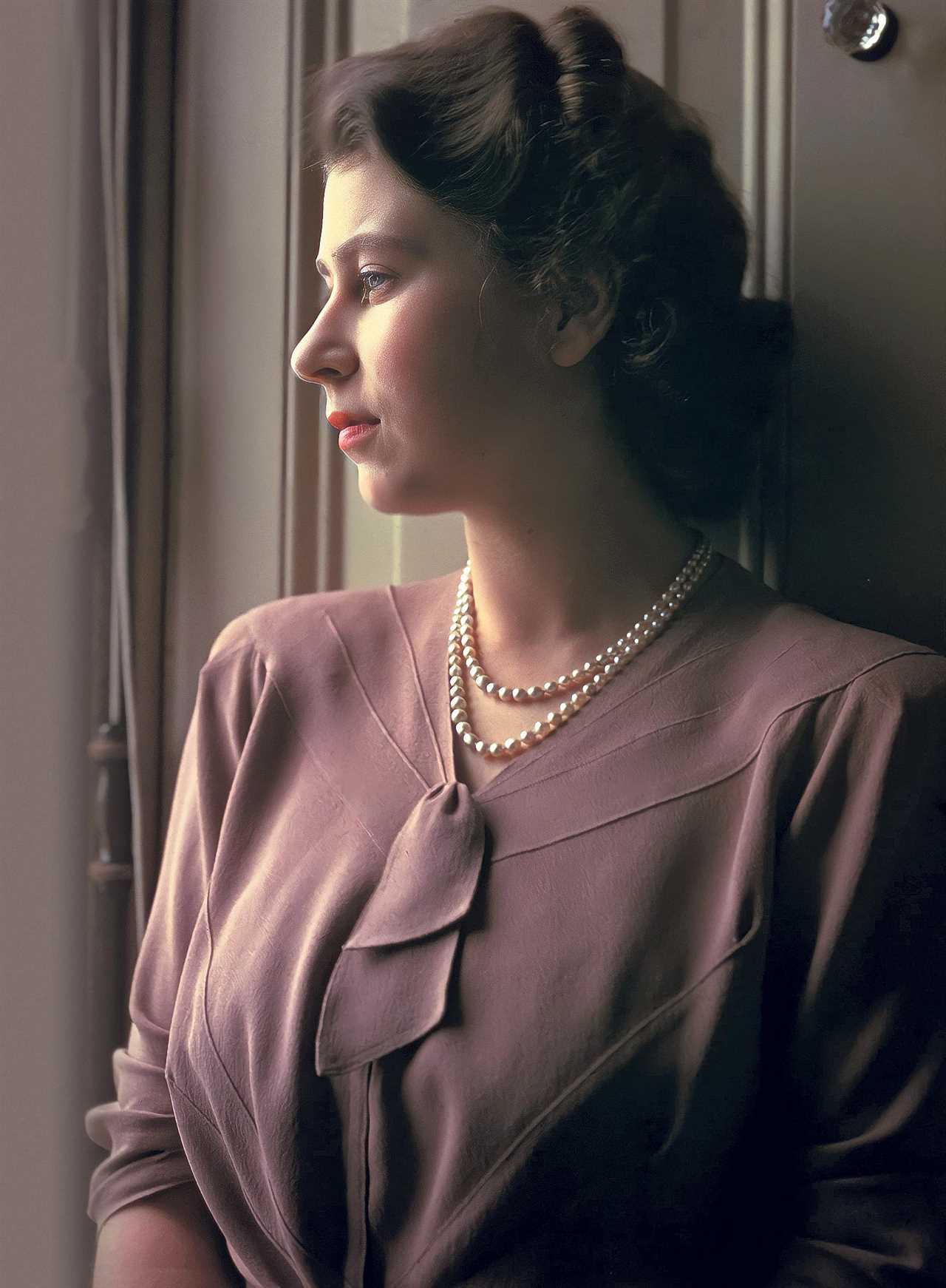
Elizabeth, aged 20 in 1946, by a window in the State Apartments at Buckingham Palace
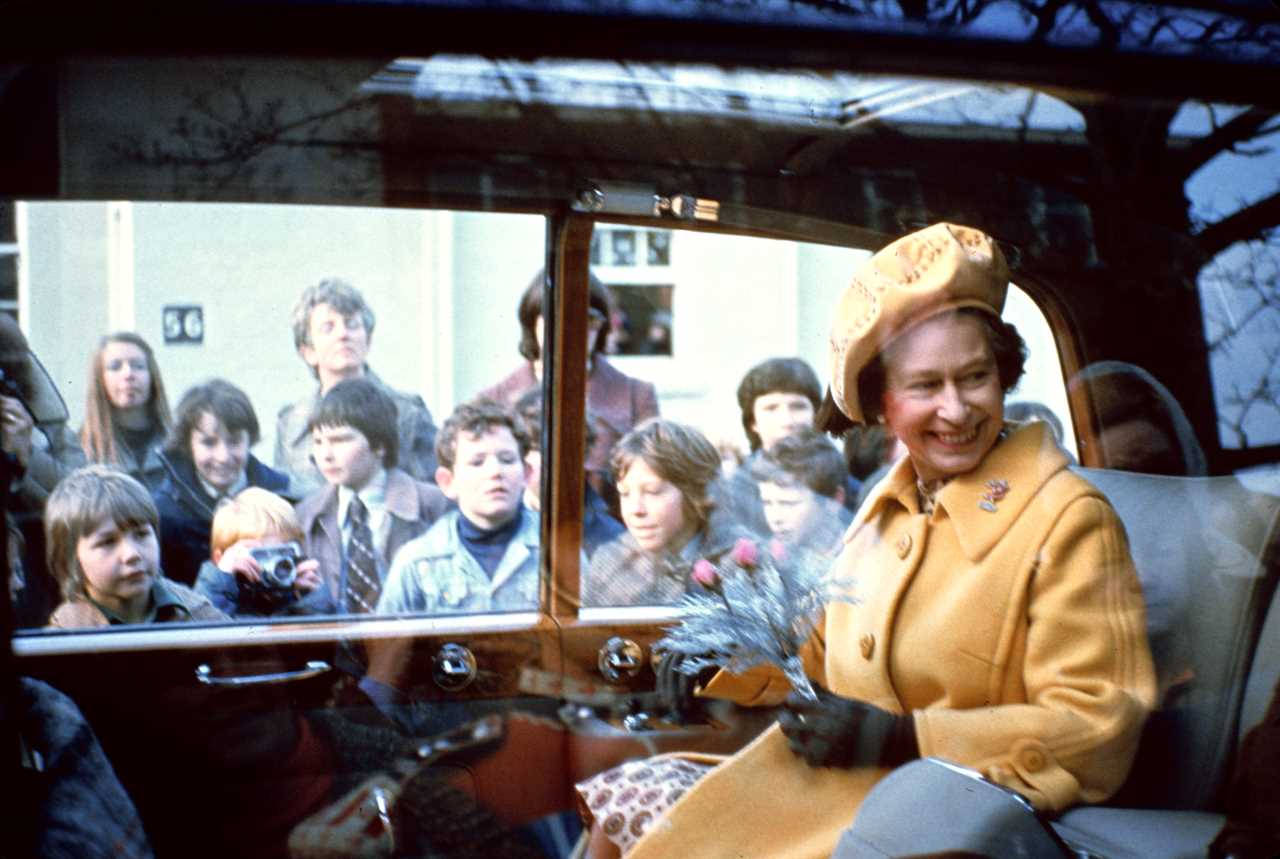
The Queen is amused as children catch a glimpse of royalty in 1979
“I used to wonder what they were doing and where they were all going, and what they thought about outside the Palace.”
After becoming Queen, she made sure she found out.
She would be the most-travelled monarch of all time — visiting more than 120 countries and journeying more than a million miles.
Elizabeth mingled with people as no sovereign had before, giving millions treasured memories — and realising herself, with awe, how much she was loved.
The breakthrough came in 1970, with her first royal walkabout.
The Queen had argued for years that she should stop to greet well- wishers who turned out to see her.
But advisers always overruled her because of security, until their fears about the monarchy’s waning popularity in New Zealand and Australia made them re-evaluate.
Her previous visit there in 1963 had not created much excitement, and there were growing calls for Australia and New Zealand to become republics.
So when a New Zealand civil servant suggested the Queen might like to stop and talk to locals before a formal engagement at Wellington Town Hall, her advisers decided to risk it.
So on the first day of the New Zealand visit in March, the royal car stopped short of the hall and the Queen and Duke of Edinburgh emerged to walk the rest of the way.

For the previous 18 years of the reign, everyone the Queen had ever shaken hands with had been vetted in advance.
She was always briefed about what she might talk about.
Now she was on her own, with thousands of strangers milling around her.
And she was a smash.
Joy and amazement lit up every face in the crowd, and was reflected in the expression of Her Majesty.
One five-year-old girl, Joanne Holland, even fainted when Elizabeth approached her.
Philip was in his element.
After talking to a first-aider who joked that she had brandy for emergencies, he told the crowd: “Brandy is available to anyone who feels like fainting.”
Hundreds cheered.
From then on, these walks became a standard feature for the Queen, continued by her children and grandchildren.
The day after, the rambles even got a name, when a newspaper covered the event with the headline “Queen Goes Walkabout”.
After New Zealand, the Queen and Prince Philip, accompanied by Princess Anne, moved on to Australia where more walkabouts took place.
Media interest in them was “frenetic”.
With people now realising there was a chance they might get to chat to a royal, far more showed up.
A decade later, on another trip to Australia, the Queen revealed just how thrilling those first daring outings had been for her as well.
She told a crowd in Melbourne: “It is ten years ago that we undertook our first walkabout in Australia in Collins Street and I still remember vividly the novelty and excitement of that occasion.”
There were downsides, such as 19-year-old Anne shocking onlookers in Sydney as she struggled with her hat, fuming: “This bloody wind!”
Then there was the man who told the Press that Philip had sworn at him in Greek when he had called out to him in that language.
But the Queen had found a new part of her calling.
For a woman who cherished the memory of sneaking out of the Palace to mingle with crowds on VE Day, it was exhilarating.
Until this point, her interactions with ordinary people had been highly choreographed and as a result, quite stilted — for example, being taken to admire a lorry driver’s council home in Crawley New Town, Sussex, in 1958.
But as Anne later recalled about her first walkabouts as a 19- year-old, their informality made everyone more relaxed.
She said: “The chances were somebody would yell at you, ‘My cousin’s back in Perth!’ It was that kind of conversation — lots of links that would come out of the crowd.”
The Queen was eager to try them out as a way to meet British people too.
A month after returning from Australia, she was given the OK for a “test run” at a visit to Coventry to open a hospital in June 1970.
It was a huge success, with the Queen spending 25 minutes longer than scheduled mingling and talking to people in the crowd.
For the first time, her subjects could see the Queen as a human being.
BBC royal reporter Ronald Allison later said: “Suddenly the lady on the schoolroom wall, on the postage stamp, was a real person.”
Tens of thousands of people, if not hundreds of thousands, must have had their brief moments with the Queen over the decades.
Incredibly, there were hardly any security issues.
The worst it got was when she was egged in Auckland in 1986, although in Kingston, Jamaica, she was bundled into a Land Rover when security guards worried that she was being hugged too tightly by the local women.
When she visited South Africa in 1995, the year after Nelson Mandela had become President in the country’s first democratic elections, officials told her not to do walkabouts in black townships.
She ignored them, and was greeted by weeping crowds.
That year she did her first walkabout in Belfast — again against security advice.
She knew her people, and she trusted them.
The Queen also brought in other more informal engagements, such as small receptions and a monthly lunch where she would invite eight people she did not know, in fields ranging from the arts to F1 racing, for dinner at the Palace.
What often struck people was her relaxed manner and humour.
Alex Dingley, of Cardiff, who met the Queen at a reception for Prince’s Trust volunteers in 1999, recalled: “All I managed to blurt out was, ‘God, you are shorter than you are on television!’ To which she replied, ‘Well, I am taller than Queen Victoria, you know’.”
Then there was the time in Australia when three students arrived at a walkabout with a “waving machine” — a stuffed glove that moved when you pulled a lever.
Princess Anne recalled of the moment: “These three presented it to the Queen, I assume thinking that they were being really rather daring and rather cheeky
“And the Queen took it and said, ‘Thank you very much, that is what I’ve always wanted!’ Their faces dropped because it wasn’t quite the reaction they were expecting.”
But in terms of the Queen and her people, nothing came close to her Silver Jubilee in 1977.
Ahead of another Commonwealth tour, she visited 36 UK counties over a summer of celebrations.
On June 7, “Jubilee Day”, a million people lined the streets to see the Queen travel to St Paul’s Cathedral in the Gold State Coach for a service of thanksgiving.
Then after the ceremony, she stepped out with Prince Philip for the first ever walkabout in London.
They walked all the way to Guildhall, along Cheapside and up King Street.
The Queen’s face was lit up the whole way, and at one point she asked a group: “Everybody quite happy?”, adding, “I am.”
People had slept overnight on the streets in the rain to see her.
'HUGS & LONELINESS'
Beatrice & Eugenie release heartbreaking statement after Queen's death
FINAL HEARTBREAK
Queen was distraught after her oldest dog died shortly before her death
A woman in the crowd tried to explain it all, saying: “We have come here because we love you.”
The Queen replied: “I can feel it. And it means so much to me.”

A young fan in East London waits to see the lady in her photograph in 2012
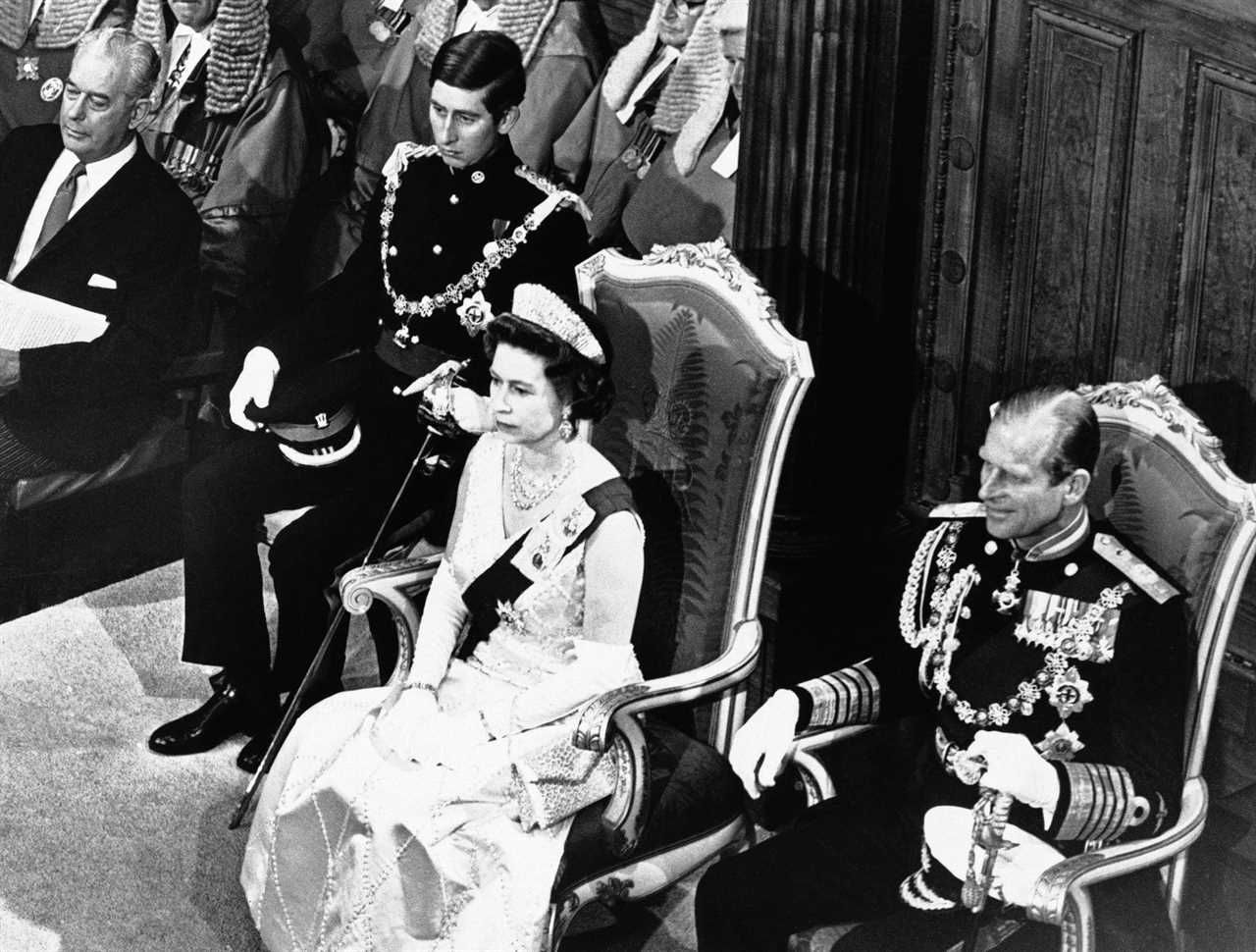
The Queen in the New Zealand parliament with Prince Philip and Charles, 1970, on the trip she performed her first walkabout
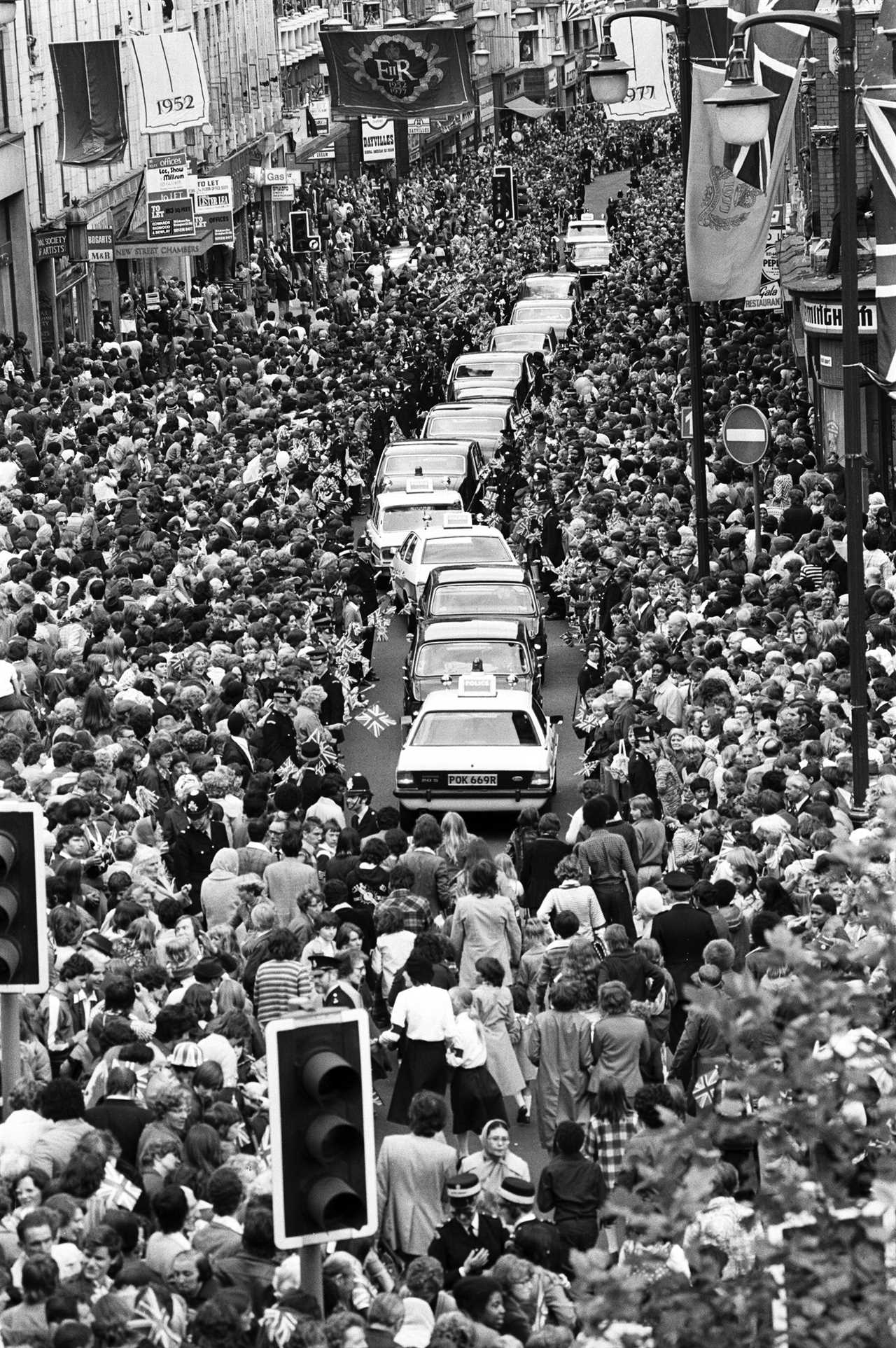
A royal procession snakes past Birmingham crowds on the 1977 Silver Jubilee tour
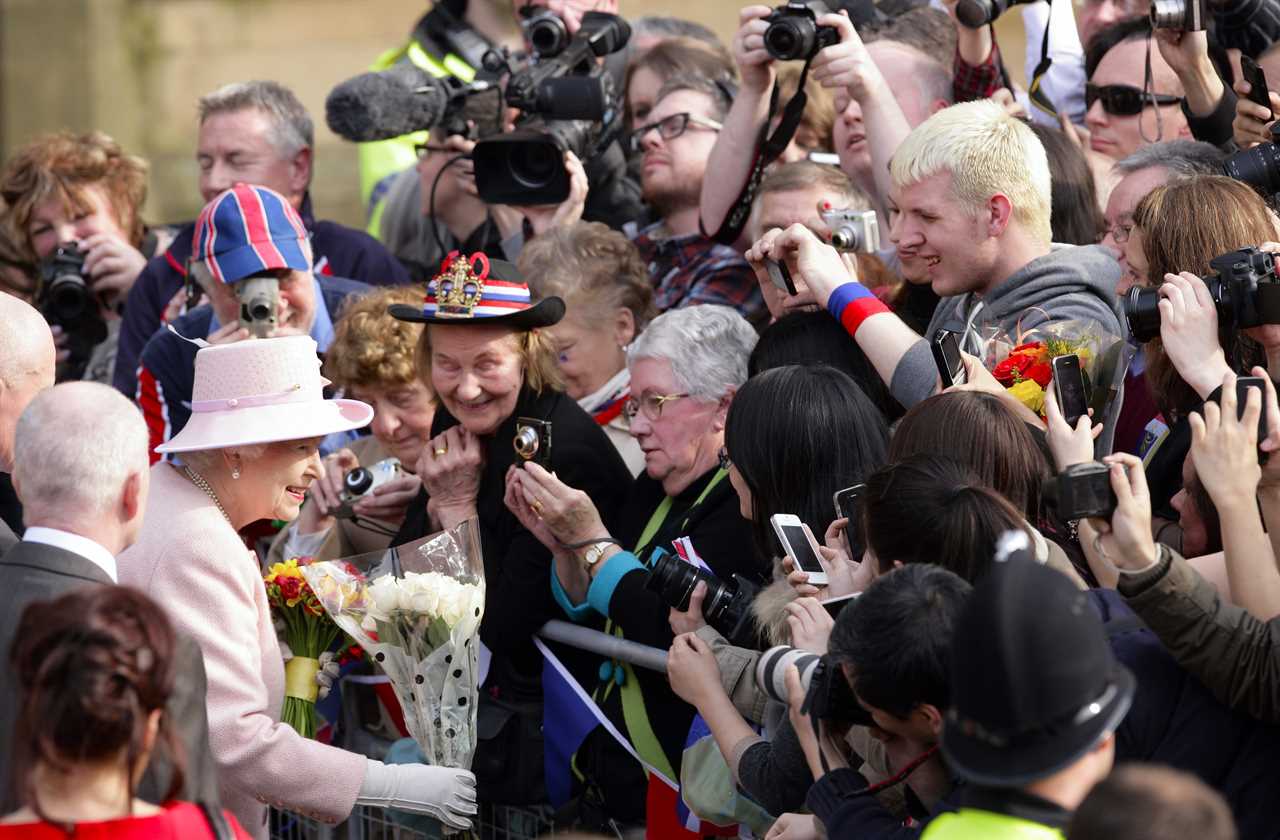
Manchester crowds aim their cameras on the Diamond Jubilee tour in 2012

